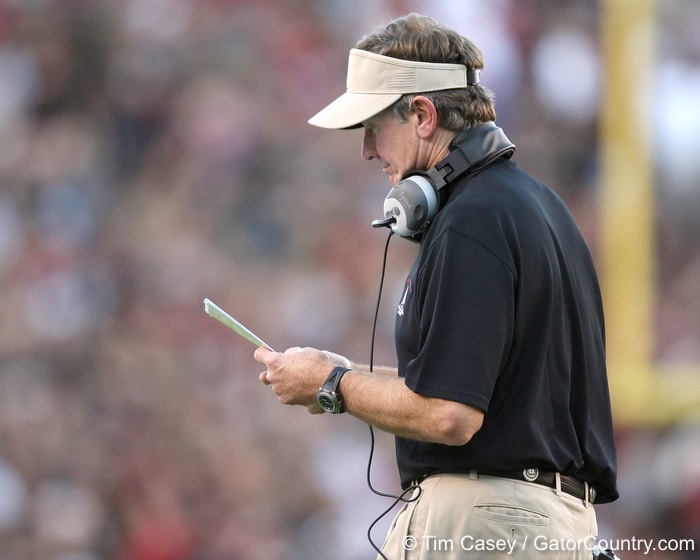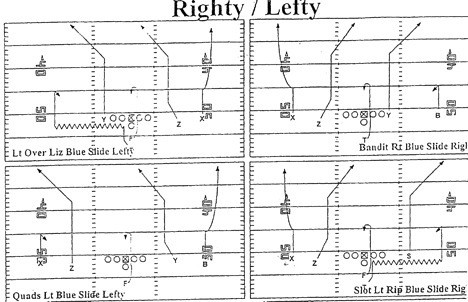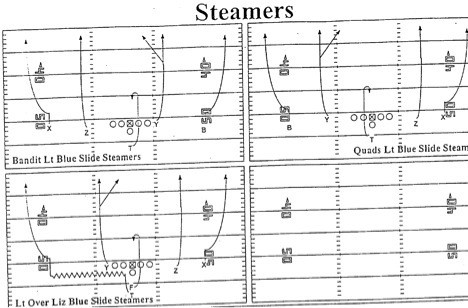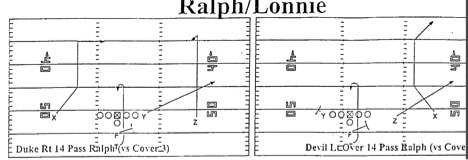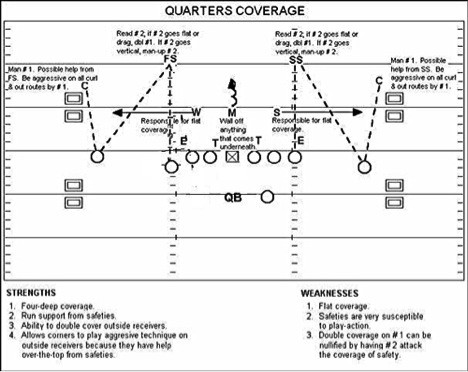A Legend Steps Down
Growing up in the 90’s and being a Gator fan, Steve Spurrier wasn’t merely the Head Ball Coach, he WAS Florida Gators Football. He was the brash, cocky, fan roaming the sidelines that said what everyone was thinking. He was the voice of the Gator Nation and as despised by our opponents and rivals as he was loved by his own fans. More than any of that, he truly revolutionized offense in the Southeastern Conference to such an extent that it took defenses over a decade to truly catch up with his schematic innovations. When he left for the Washington Redskins following the 2001 season, his offense had been on top of the SEC for 12 years, with his final iteration perhaps his most potent.
When he returned in 2005 on the sidelines of the South Carolina Gamecocks, defenses under the likes of Nick Saban, Bo Pelini, Charlie Strong, Will Muschamp, and others had developed schemes and and recruited the types of skilled athletes necessary on the defensive side of the ball to finally slow down Spurrier’s Fun’N’Gun. While eventually Steve would scrap most of his trademark offense he had been using since his days at Duke, portions of it still remained even as he went to more of a zone read ball control offense in his later years at South Carolina. Still, the Fun’N’Gun left a lasting influence, with many of its core concepts being used throughout all levels of football today from high school to the NFL.
With Spurrier retiring, I thought it only appropriate to dedicate this week’s Film Room to taking a look at his offense and some of his core concepts. Featuring a few rather antiquated gap-scheme runs that worked nevertheless, his passing game was truly where his innovation lied. With play names like Lonnie, Ralph, Lefty, Righty, Steamers, Mills, Zorro, Corker, Wuerffel, Kresser, Wheelie, and Bopper, and formations named after teams he coached like “Tech,” “Devil,” “Gator,” and “Bandit,” his playbook truly gives off an impression of an evil genius drawing up plays on a napkin as inspiration struck him. Heck, the guy even called his 4-wide sets his “Ninja Offense.” So today, we’ll take a look at some of those old concepts, the theory behind them, and how they are executed.
Righty/Lefty was Spurrier’s name for the staple Smash route, which is a corner (or Corker in Spurrier lingo) from the slot receiver and a 5 yard hook from the slot receiver. Righty or Lefty just referred to which side of the formation would house the Corner/Hook combination.
Conceptually, this is built upon your prime example of a high/low Cover 2 beater. If the cornerback over the outside receiver stayed low (as in man or Cover 2 or 4), you’d throw the corner behind him. If he dropped (as in Cover 3), you’d throw the hook underneath him. If the defense blitzed, the back over the middle was an outlet. On the other side, the post/fade combination is another cover 2 beater as the fade is designed to force the safety to that side to get enough depth that he can’t cover the post in the middle. With three vertical routes to cover, a Cover 2 defense is beaten before the ball is even snapped. The quarterback will read the frontside safety at the snap, look him off and watch for rotation, and throw based on what coverage he reads. This is in many ways similar to the old run and shoot but without all the route adjustments by the receivers.
Steamers is simply Spurrier’s nomenclature for 4 verticals. It’s designed to be single high coverage, with the strong side #2 receiver running a seam read. If the middle of the field is closed (as in cover 1 or 3), the strong side #2 continues up the seam and looks for the ball. If the middle of the field is open (as in Cover 0, 2, or 4), the strong side #2 will convert the seam route to a post and run to the open area, splitting the safeties and looking for the ball. The quarterback will read the safety rotation and throw away from the weak safety if the middle of the field is closed. If it is open, he will look to the post first, then check down to the under/spot route from the back.
Ralph/Lonnie is a Spurrier tweak to the traditional curl flat pattern run by every team out there in the quick passing game. While curl flat is a great simple pattern against Cover 3 or Cover 1, where the curl can back off the corner to clear the way for the flat route with a linebacker or nickel trailing, it has weaknesses against Cover 2, where a corner can jam the curl and then attack downhill on the flat route to limit success. Spurrier changed that by having the curl turn into an inside release corner against Cover 2 creating a true high/low stretch. The progression is the corner or curl to flat combination (throw it where they ain’t), and then work to the underneath checkdown if both are covered.
Spurrier continued to run this even after he scrapped most of the fun and gun, often calling this same play multiple times in a row, as he did in one drive in his Gamecocks’ SEC championship game appearance against Auburn.
Mills is one of my personal favorite Spurrier creations, and it is a concept you will find littered throughout modern passing playbooks. It was named after receiver Ernie Mills and designed as a Cover 4 (Quarters) killer. In quarters, the corners will play the #1 outside receiver on each side man-to-man with outside leverage. The safeties will read the releases of the #2 Outside receivers to tell them what their assignments are. If #2 releases vertical, they will play them man to man. If they release flat or shallow, they will let the linebackers take them and double team #1 with the corner. It’s really the first pattern match coverage widely used.
Mills is designed to take a corner in quarters coverage and absolutely hang him out to dry. The deep in route will hold the safety low and draw him clear, and the corner in outside leverage will have no hope of covering the post over the top. The read is post to dig, to underneath, with the post likely against Cover 4, and the dig likely against Cover 3 as the post takes the free safety out of the play and the Corner can’t cover the dig. Against man free Cover 1, the backside corner should open up. The checkdown, of course, is the back on the underneath curl.
Also of note is that Spurrier would often combine these packages into split field reads, for example running Lefty/Righty with Mills to combine a Cover 2 beater with a Cover 4 and 3 beater.
A True Mastermind
There are many, many, more plays that I could go on all day about, but suffice it to say that Steve Spurrier’s influence on the passing game is nearly unparalleled. None of his plays are particularly complex, but the routes are all well-distributed, and with a purpose of beating the defense when it gave him the look he wanted to see, and nobody was better at teaching his quarterbacks how to identify what a defense was doing. Between his obvious prowess at play design, his exacting coaching of technique, and his fan-in-a-visor personality, there will never be another like him. Coach Spurrier, we’ll miss you and hope to see you back in The Swamp where you belong soon.


